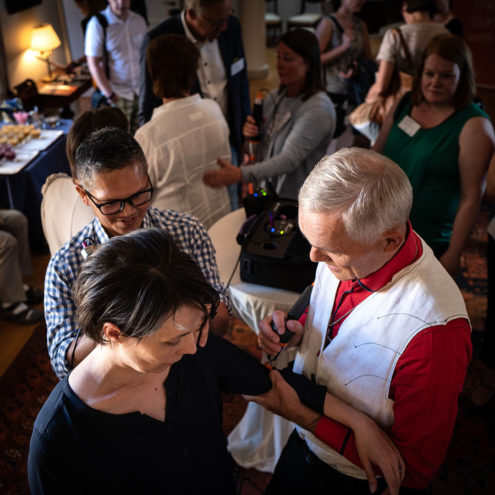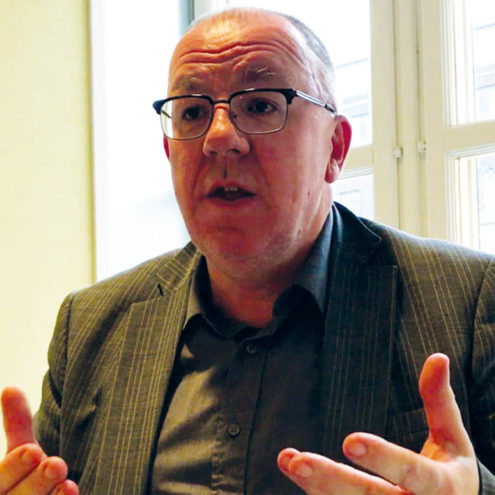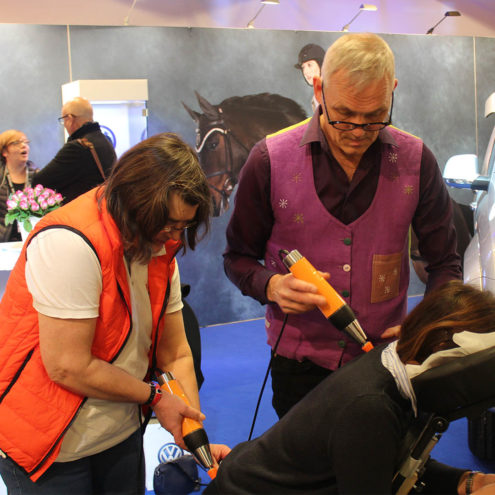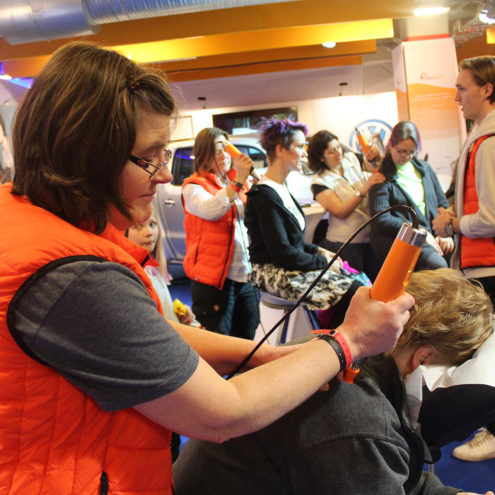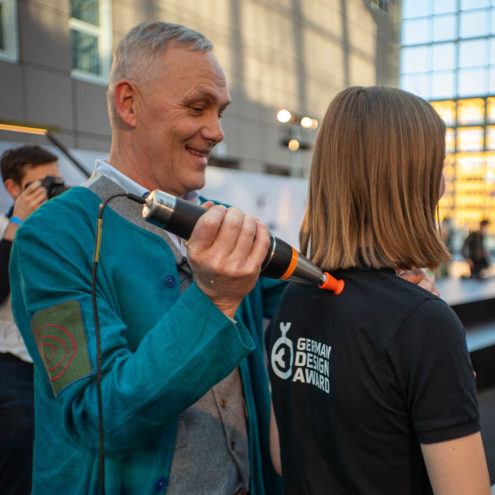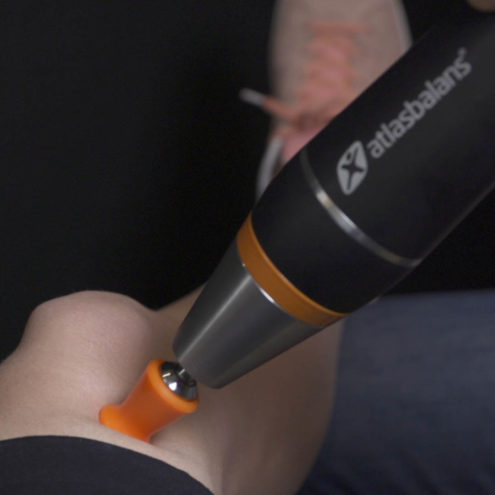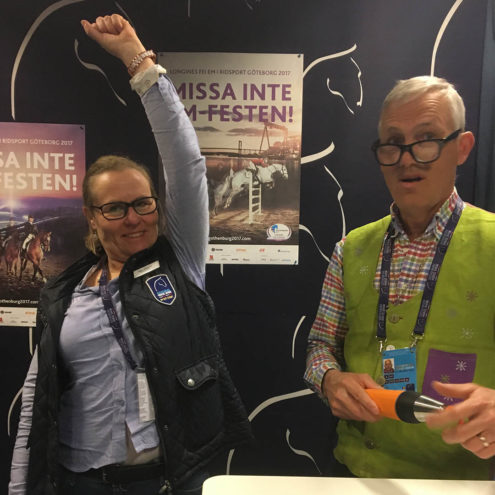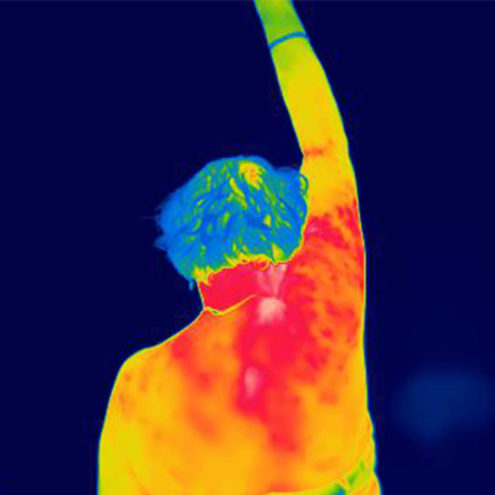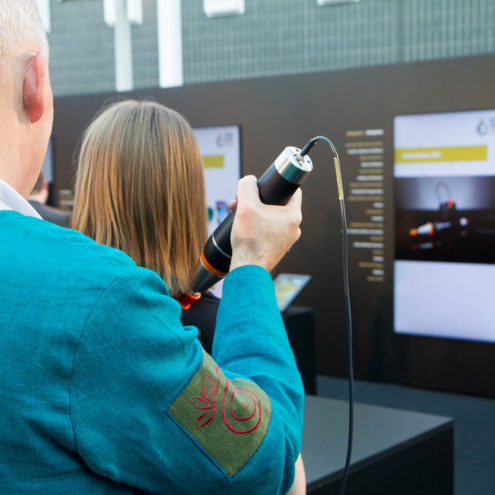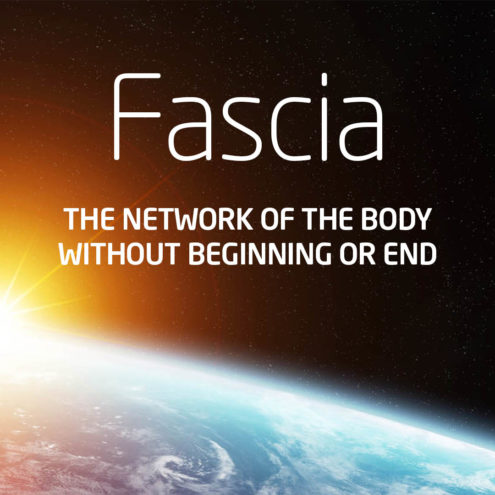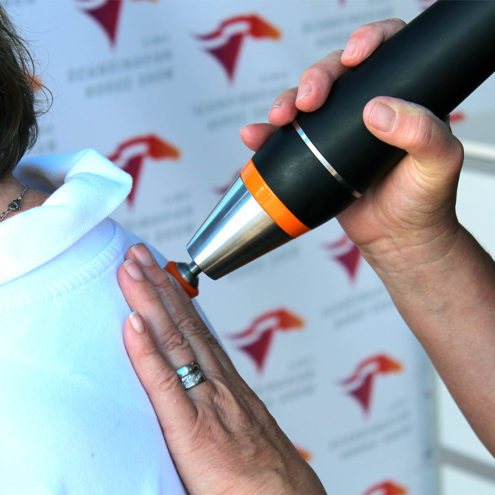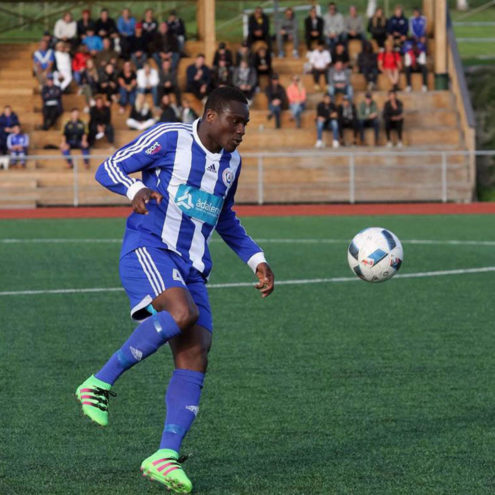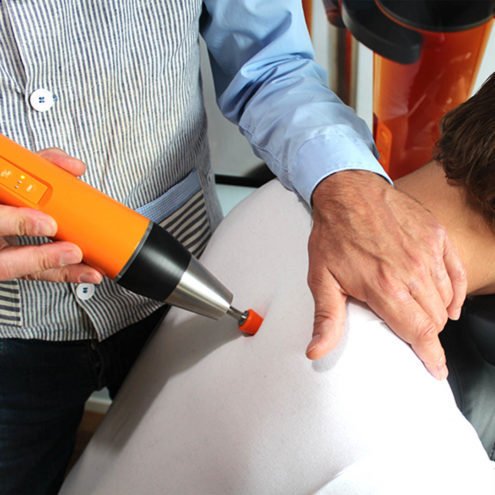Spondylosis – Fascia Treatment for Spondylosis

Spondylosis is an umbrella term for various degenerative changes in the spine. The condition usually arises from the natural ageing and wear and tear of the spine. This article explores what spondylosis is, its symptoms and causes, and how fascia treatment at Fascia Clinics can offer relief and improvement of the condition.
What is Spondylosis?
Spondylosis is a term used to describe various degenerative changes in the spine. This condition is often related to ageing and wear and tear on the spine. Spondylosis involves changes in the vertebrae, their intervertebral discs (the intervertebral discs, known as disks) and the ligaments that support the spine. These changes can include thinning of the disks, formation of bone spurs/growths (osteophytes) on the vertebrae and stiffness of the spinal joints. Spondylosis can affect the whole spine but most commonly affects the neck and lumbar vertebrae.
What Are Common Symptoms Of Spondylosis
Common symptoms of spondylosis include:
Back pain: Pain in the back is the most prominent symptom of spondylosis. The pain may be concentrated in the affected area or radiate to neighboring areas.
Stiffness: Stiffness in the back after long periods of inactivity can be experienced.
Reduced mobility: Spondylosis can affect the mobility of the spine and limit the range of motion. You may find it difficult to bend forward or backward and to twist your back.
Radiating pain: Depending on the area of the spine affected, the pain may radiate to adjacent areas, such as the shoulders, arms or legs.
Muscle stiffness and weakness: Spondylosis can lead to muscle stiffness and weakness in the areas surrounding the affected part of the spine.
Common Causes of Spondylosis
The main causes of spondylosis include:
Ageing and natural wear and tear: With age, the body’s ability to repair and maintain structures such as the spine decreases. This can lead to degenerative changes.
Back injuries or overuse: Previous injuries or overuse can increase the risk of spondylosis. Repeated strain and trauma to the spine can accelerate the degeneration process.
Bad posture: An incorrect posture for a long period of time can create uneven strain on the spine.
Genes and heredity: Certain genetic factors may make some individuals more susceptible to spondylosis. If there is a family history of the disease, the risk of developing spondylosis may be higher.
Other medical conditions: Some medical conditions, such as arthritis or osteoporosis, can increase the risk of developing spondylosis.
When and Where Should I Seek Treatment for Spondylosis?
If you experience symptoms of spondylosis that affect your daily functioning or quality of life, it is important to seek medical advice. In particular, if you experience severe pain, reduced mobility or neurological symptoms such as numbness or tingling, you should contact a healthcare provider.
How can we at the Fascia Clinics help you with Spondylosis?
Fascia treatment can be an effective complement to traditional treatment for spondylosis. The fascia is the network of connective tissue that surrounds and binds together the muscles, bones and organs of the body. Working on the fascia can lead to reducing tension, reducing pain, improving mobility and promoting healing of the body. By restoring the flexibility and function of the fascia, the overall function of the spine can be restored.
Fascia treatment can also promote blood circulation to the affected areas. This allows the body’s natural healing process to be enhanced, thus promoting the ability to repair and rebuild damaged structures.
What Can I Do Myself For Spondylosis
To deal with spondylosis on your own, consider the following:
Avoid heavy lifting, excessive strain or activities that may aggravate symptoms. Take regular breaks to avoid prolonged strain on the spine.
Maintain good posture and ergonomics in everyday life, both when sitting and standing. Use supportive furniture and equipment to avoid unnatural positions that can strain your back.
Exercise can be beneficial for people with spondylosis. It can help strengthen the muscles around the spine, improve mobility and reduce pain and stiffness. Consult a physiotherapist or doctor to get the right exercise for your individual needs.
The use of painkillers or anti-inflammatory drugs can relieve pain and inflammation in spondylosis. Consult a doctor for the right dosage and advice.
If the pain becomes severe or affects your daily functioning, you should seek medical help. A doctor or physiotherapist can make a thorough assessment of your back and suggest appropriate treatment and pain relief.
Exercises for Spondylosis
Some exercises that may be beneficial for people with spondylosis include:
Lightweight stretch: Light stretching exercises to increase flexibility in the back and neck.
Strengthening exercises: To build up the muscles around the spine and improve posture.
Yoga and Pilates: Can be especially useful for improving mobility and strengthening the core muscles.
It is important to remember that all exercises should be performed with caution and preferably under the guidance of a physiotherapist or a certified instructor.
Managing spondylosis requires a combined effort of medical care, self-care and sometimes specialized treatment such as fascia therapy. By adapting lifestyle and performing regular exercises, you can effectively reduce the symptoms of spondylosis and improve your quality of life. If you have any questions or need advice, please do not hesitate to contact a healthcare provider or visit one of our Fascia Clinics.
FAQ – Spondylosis
Är spondylos ärftligt?
Även om det inte finns någon direkt ärftlig koppling känd för spondylos, kan genetiska faktorer spela en roll. Personer vars familjemedlemmar har haft problem med ryggradsrelaterade sjukdomar kan ha en högre risk att utveckla spondylos. Det är dock viktigt att notera att livsstilsfaktorer såsom kost, motion, och arbetsrelaterad belastning också spelar en betydande roll i utvecklingen av spondylos.
Vad är Spondylartros?
Spondylartros är en term som beskriver artros i ryggradens leder. Detta innebär att de små leder som finns mellan ryggkotorna (facetlederna) börjar brytas ner och förlorar sin normala funktion och struktur. Spondylartros är en vanlig orsak till ryggsmärta, särskilt bland äldre, och är en del av de förändringar som ofta inkluderas i termen spondylos.
Vad är spondylos i nacken?
Spondylos i nacken, även känd som cervikal spondylos, innebär degenerativa förändringar i de cervikala ryggkotorna och de intervertebrala skivorna i nackregionen. Detta kan inkludera diskförtunning, utveckling av benutväxter och stelhet i nackens leder. Symtom kan inkludera nacksmärta, stelhet, och i vissa fall smärta som strålar ut till armar eller fingrar, eller neurologiska symtom som domningar eller svaghet.
Förståelsen av spondylos och dess olika former är viktig för att kunna hantera tillståndet effektivt. Om du har några bekymmer eller frågor om spondylos, är det alltid rekommenderat att du konsulterar med hälso- och sjukvårdspersonal för att få den mest lämpliga rådgivningen och behandlingen.
 Search
Search



